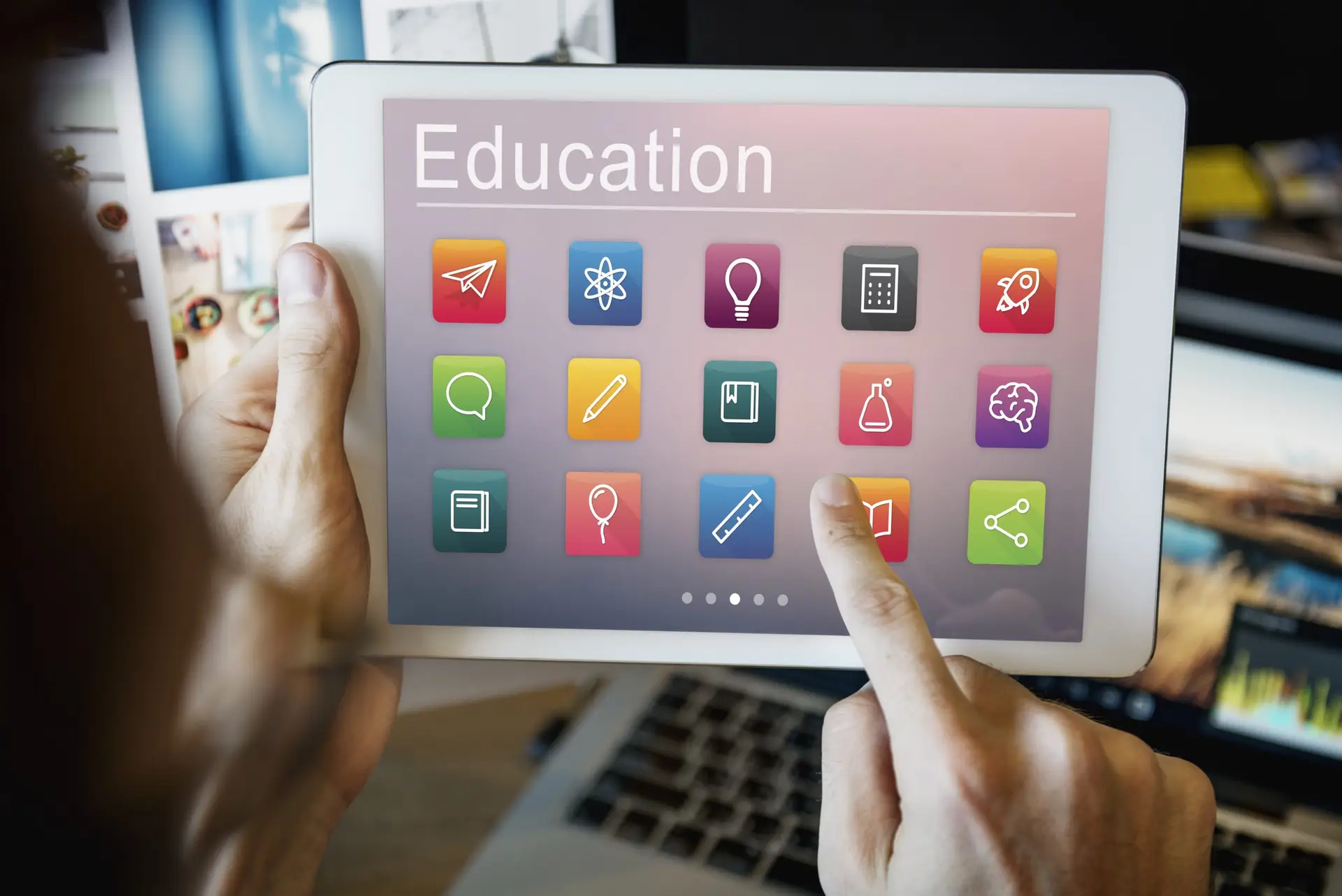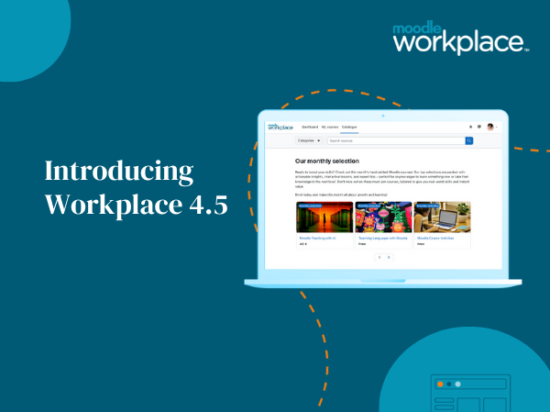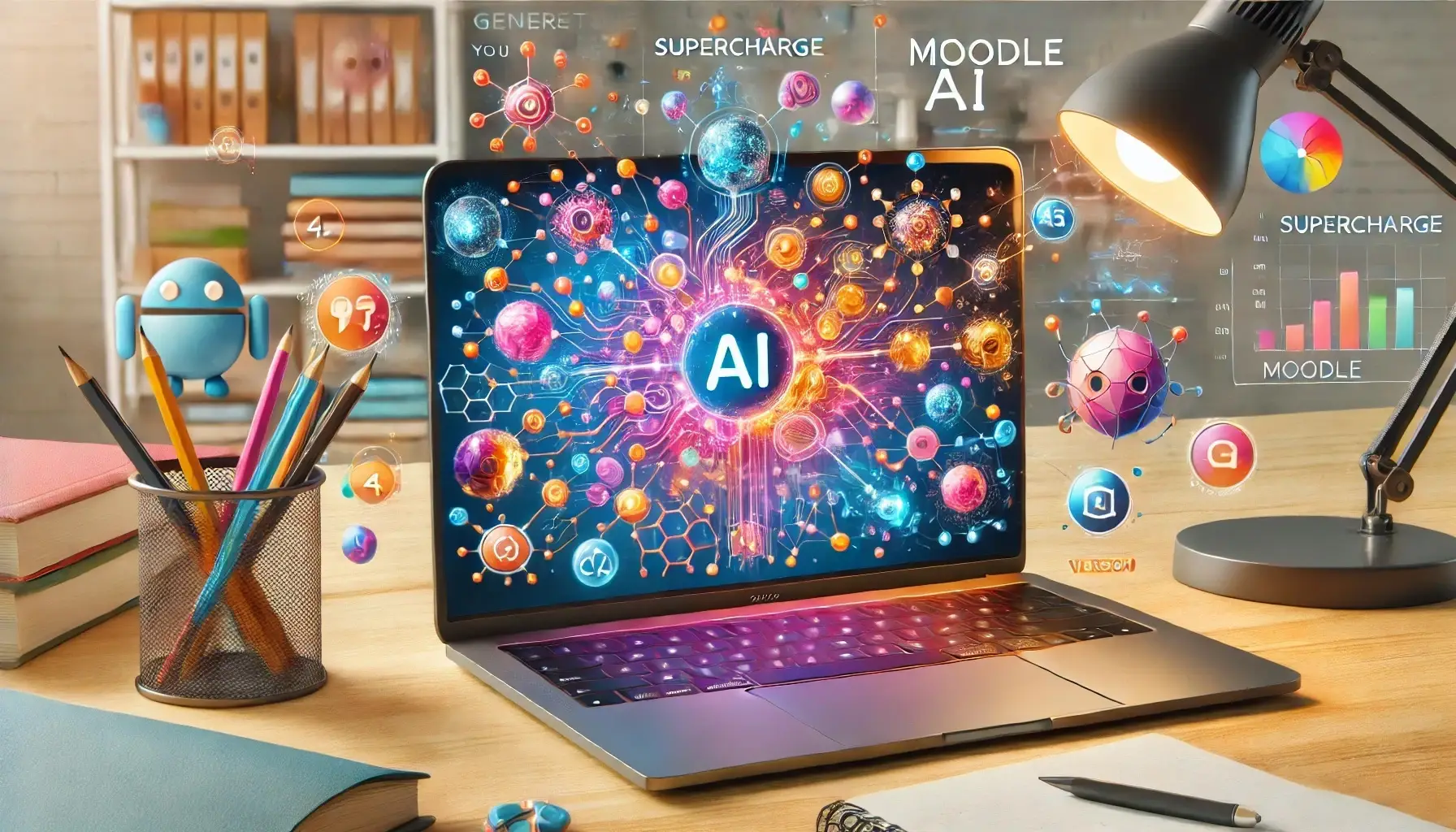Real or Fake: The Challenge of Identifying AI
Artificial Intelligence (AI) has become a ubiquitous presence in our lives. From automated customer service chats to personal assistants like Siri and Alexa, AI is rapidly being integrated into our daily routines. However, this integration has also raised questions about how to differentiate between real humans and AI-generated interactions in various contexts. In this article, we will explore the challenges of identifying AI and the telltale signs that can help us recognise their presence.
Real or Fake: The Challenge of Identifying AI
One of the primary challenges of identifying AI is that it is often designed to mimic human behavior and communication patterns. As the technology advances, AI systems become more sophisticated, making it more difficult to distinguish between human and machine interactions. This challenge is particularly relevant in scenarios like online chat interactions and social media, where bots can be designed to initiate conversations and respond to messages similar to human beings.
Another challenge comes from the increasing tendency of AI integration into social engineering attacks. Cybercriminals use AI-enabled bots to create phony profiles, post misleading information, and initiate fraudulent scams. These bots can convincingly mimic human behavior to deceive people into thinking that they are interacting with real people when, in fact, they are dealing with automated programs.
Telltale Signs: How to Recognise the Presence of AI
Although identifying AI can be challenging, several telltale signs can help you distinguish between a real human and an AI-generated interaction. One of the most significant indicators is the speed and coherence of the response. AI systems can process information and respond instantly, while humans generally take more time to formulate a response.
Another sign is the language and vocabulary used in the interaction. AI systems are designed to use specific phrases and language patterns, which can be different from what a human would say. Additionally, AI may not understand common idioms or sarcasm, while humans almost always can.
Finally, the consistency of the interaction can also be a giveaway. Human beings tend to have mood swings, make errors, and contradict themselves, while AI responses are often consistent and predictable.
As AI-powered systems become more integrated into our daily routines, it is essential to know how to differentiate between real humans and machines. Being aware of the telltale signs of AI presence can help us make more informed decisions, from avoiding scams to interacting more efficiently with customer service bots. With ongoing advancements in AI technology, this will be an increasingly important skill in the years to come.







